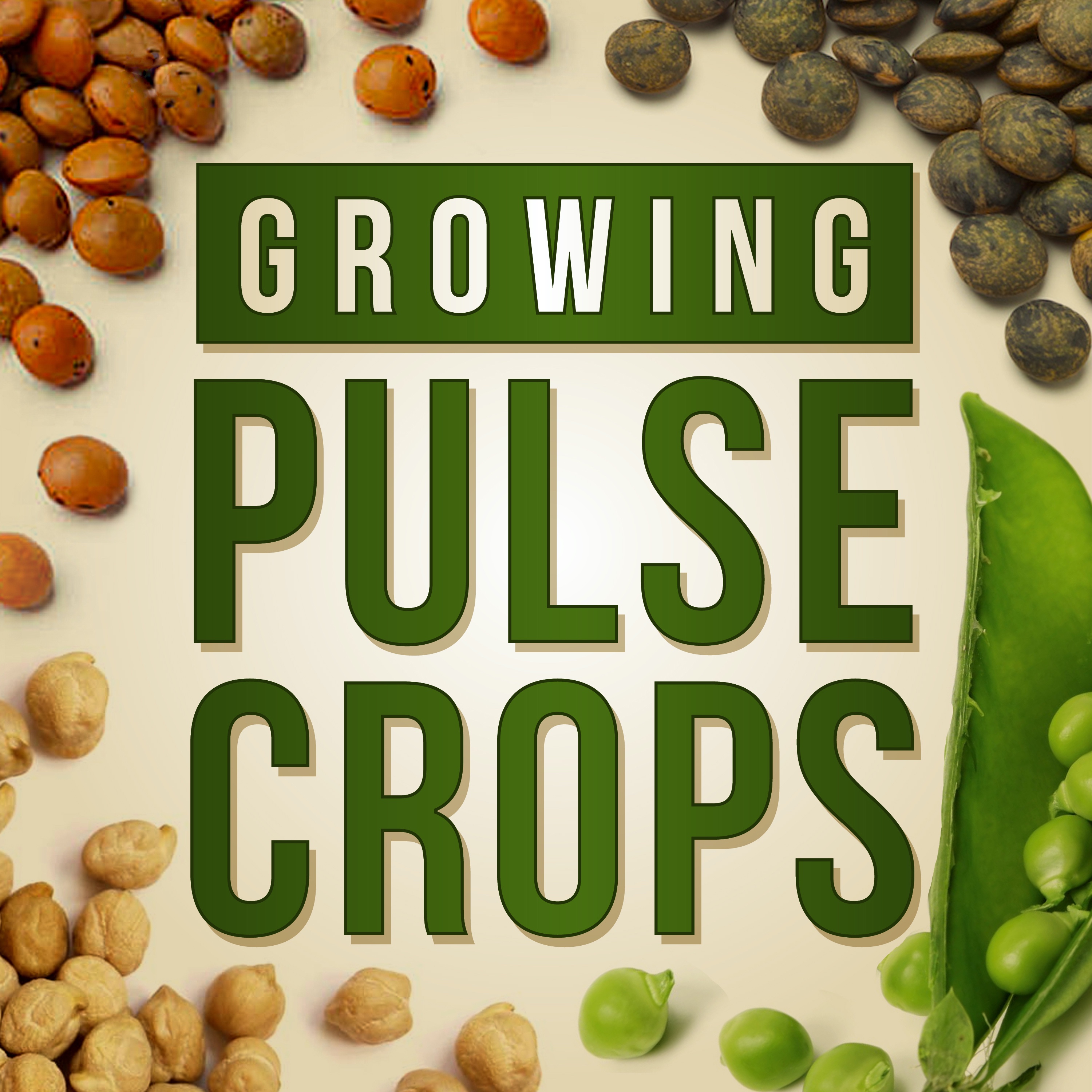Managing Ascochyta Blight in Chickpea - Part One
Dr. Michael Wunsch is a Plant Pathologist at the Carrington Research Extension Center at North Dakota State University. He holds a Ph.D. from Cornell University in 2010, and has worked for NDSU ever since, focused on disease management problems on a wide breadth of crops grown in North Dakota. In this episode, Wunsch provides us with a lot of helpful details about Ascochyta Blight of chickpea, including some of the historical impacts of the disease, how it spreads, the range of hosts, the process to diagnosing it, and how we distinguish it from another common pathogen called Botrytis. Stay tuned for part two of this conversation where we will discuss how to optimize fungicide applications for this disease.
“ You have some degree of Ascochyta in that field, whether it's catastrophic level or a trace level. Those chickpea residues, they're lying in that field, especially now that we're no-till and none of them are buried. They overwinter and that overwintering cycle induces the pathogen to form a different type of fruiting structure, which enables the pathogen to more quickly overcome management tools, whether that's host resistance or fungicides. And this produces spores that actually are emitted with some degree of force and they will get taken up by air currents and they can move hundreds of miles.” - Michael Wunsch, Ph.D.
This Week on Growing Pulse Crops:
- Hear from Dr. Michael Wunsch, a Plant Pathologist at the Carrington Research Extension Center at North Dakota State University.
- Explore more details about the life cycle, hosts, and diagnosis of Ascochyta
- Understand the differences between Botrytis and Ascochyta and the significance in making the distinction between the two
Growing Pulse Crops is produced by Dr. Audrey Kalil and hosted by Tim Hammerich of the Future of Agriculture Podcast.

